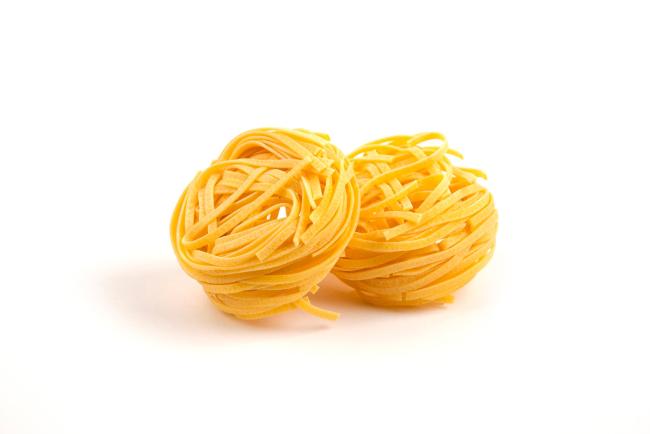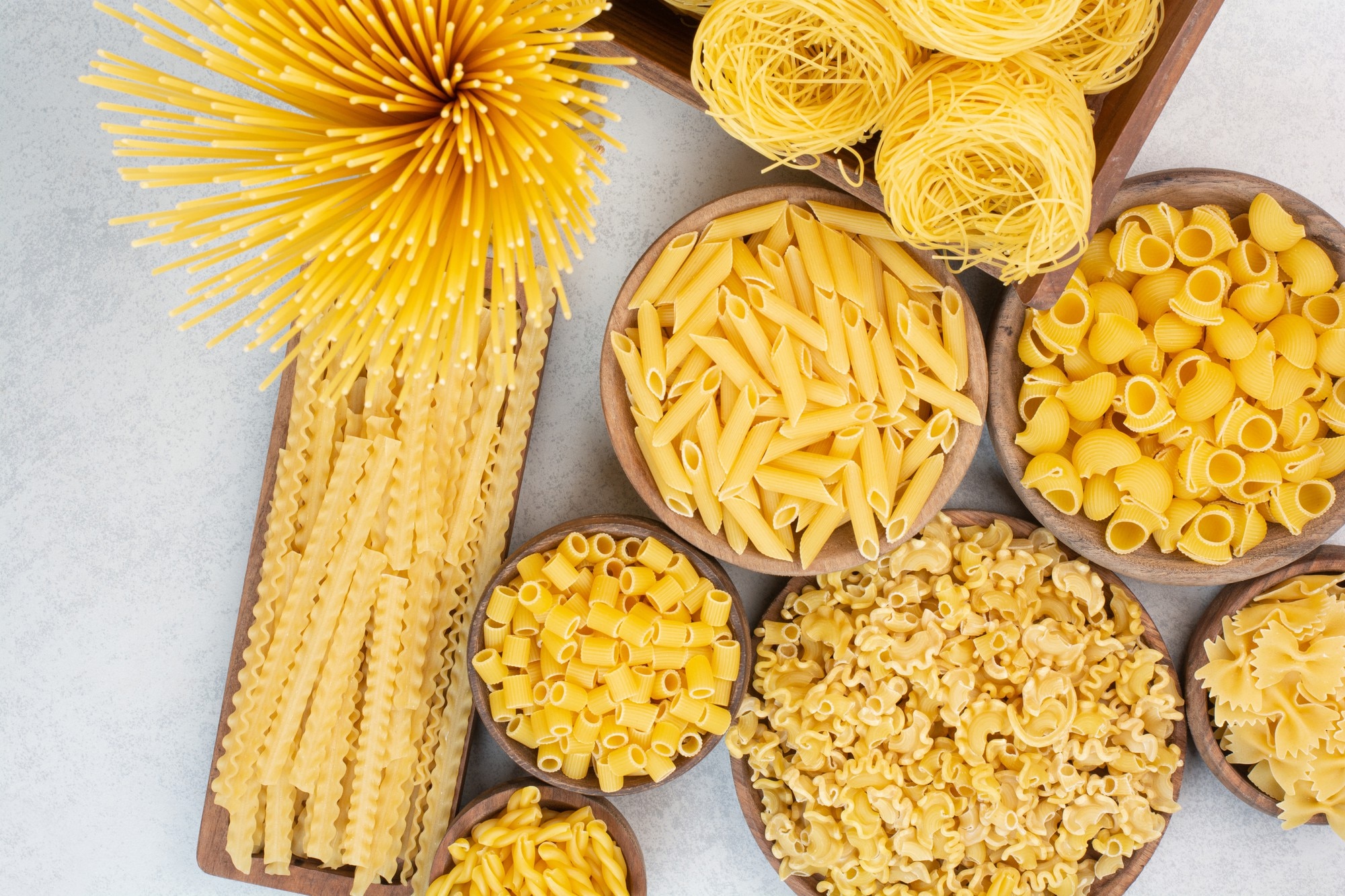


Objective
The Fraud Problem
The problem of mislabelling and selling conventional products under an organic label is not new. Food fraud risk in pasta product materializes as pesticides’ residues and metabolites in the final product. This presence is due to the application of pesticides in the field, but also related to the presence of pesticides in irrigation water, soil and air. In Italy, checks on compliance with the organic production method are carried out by private inspection bodies, accredited by the Single Accreditation Body (Accredia) and authorised by the ICQRF. After authorisation, these bodies are subject to periodic supervision to verify that they maintain the requirements and operate in accordance with the standards. Surveillance tasks are carried out by the ICQRF in coordination with the Regions and Autonomous Provinces. Authorised inspection bodies operate based on an annual inspection plan drawn up also based on a risk analysis that classifies operators into three levels: high, medium and low risk operators. The lack of an automated monitoring and auditing mechanism within the FSCs create a thriving ground for fraudsters to exploit the inherent weakness of the organic authorization and certification procedures and dramatically increases the risk for fraud to occur.
Current Situation
Organic Pasta Market was valued at USD 415.20 Million in 2019 and is projected to reach USD 899,45 Million by 2027, growing at a CAGR of 10,1% from 2020 to 202788.Increasing consumption of organic food products will continue to contribute to the growth of the organic pasta market through 2029. The demand for organic pasta likely to be primarily driven by the growing consumer preference for chemical-free goods, right from their source and production process to final products In organic farming, crop protection must necessarily include a preventive strategy, which is certainly the most suitable for the correct application of the method and must be based on maintaining a permanent state of tolerance or resistance of plants to diseases and insects. In organic farming, in fact, the use of technical means must be considered as a last resort to avoid damage to plants or production. This is because even if very few products are allowed, mainly of natural origin and with considerable restrictions on their use, their application still has an environmental impact. The legal basis is EC No 889/2008 of 5 September 2008 laying down detailed rules for the implementation of Council Regulation (EC) No 834/2007 on organic production and labelling of organic products. In case of detection of pesticides in organic products, this consist a violation of EU organic law, which can either be due to an improper use of pesticides or to a violation of the obligation to avoid contamination from other sources.
The Alliance Solution
ALLIANCE solution will offer a tool that will be used to collect measurements from a large number of pasta samples, in order to simulate the real scenario of food fraud diffusion in this kind of product. Pasta samples (organic and conventional) will be collected from food retailers; Pesticides and their residues will be identified using a multi-residual analysis and a digital database will be created to store records and monitoring data. Additionally, Alce Nero organic pasta will be used as a control sample. Particularly, multi-residual analysis of pasta samples will be carried out using the QuEChERS (quick, easy, cheap, effective, rugged, and safe) pretreatment technique, which is trustworthy and accurate method for the extraction of a large number of compounds usually searched in food matrixes. Subsequently, a purification of the extracted matrix is performed on each sample in order to make the multiresidual check more accurate. After this purification, pasta samples will be analysed by means of Gas Chromatography (GC) or Liquid Chromatography (LC) paired to mass spectrometry (MS) methods. Each sample spectrum will be compared to many reference standards (one for each potential residue) but also to the one considered as a control sample, free from residues. A database of pasta spectrum profiles will be created, and a selection of most diffused.
